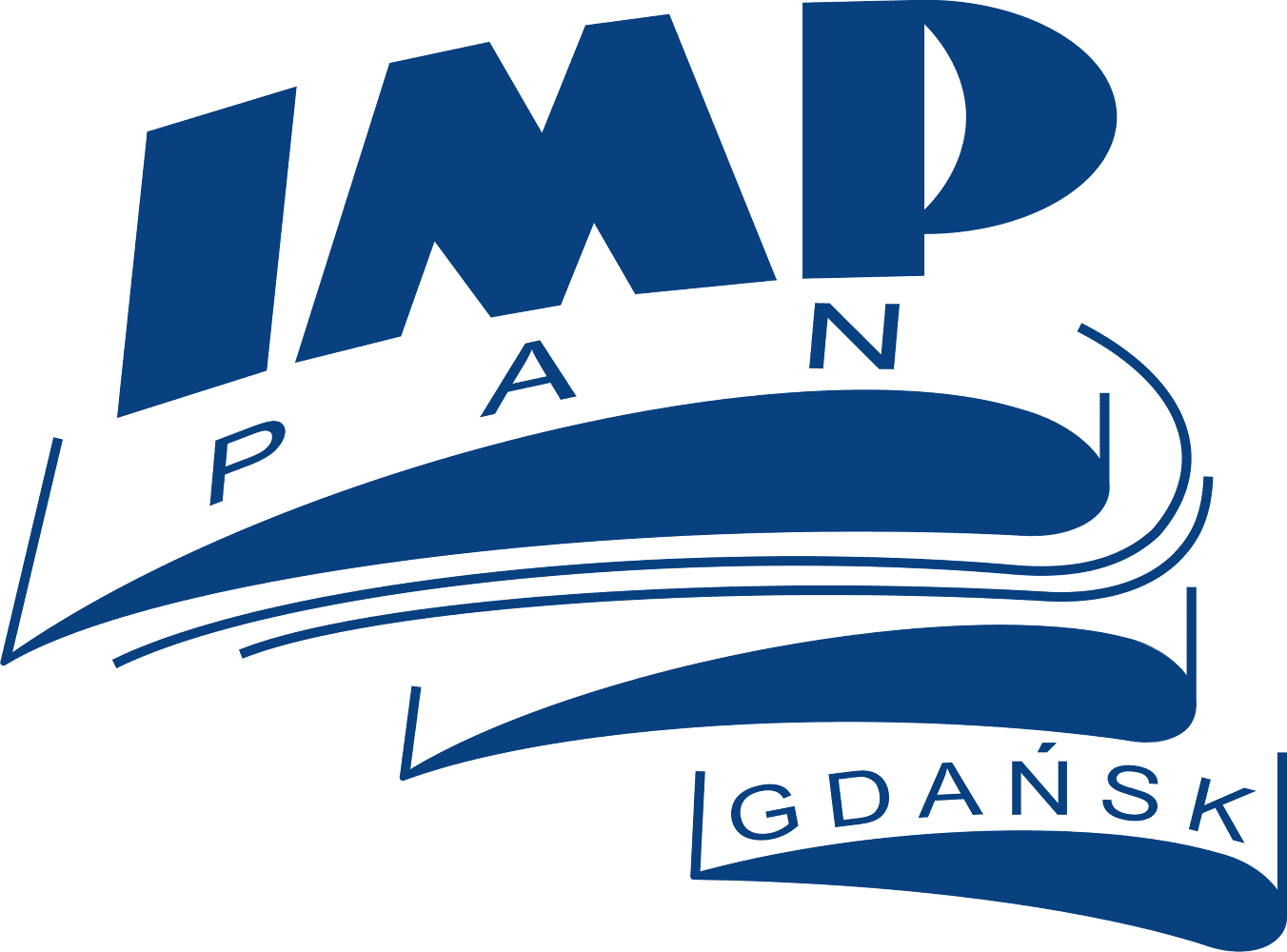Volume 89 (1989)
1989, Zeszyt 89
Abstract
A method for calculating the ship friction resistancę based on tbe Zazurca's proposal [1] was developed. The proposal deals mainly with a simple transformation of the actual ship form into a body of revolution for which characteristics of the potential flow and the boundary layer were calculated. Algorithms and computer programs were elaborated. Based on these programs systematic calculations were performed of the ship frictional resistance for about eighty ship forms for which results of model resistance tests were available. The ship forms used embrace a wide range of fullness. Calculations showed evidences of boundary layer separation, viz for some forms of larger fullness the velocity of the potential flow and the shear stress reached the zero value at some distance from the trailing edge. The distance changed in a systematic way with the ship form parameters.
The method of friction resistance calculation was verified for a single case using experimental results for four geometrically similar models of the series 60 as published by Conn and Ferguson [3]. The comparison showed a satisfactory agreement between the calculated and measured values of the friction resistance components.
The calculated friction resistance of all the ship forms analysed was then compared with the viscous resistance of the forms obtained from the tank tests for the non-wave-making Froude number range. The excess of the viscous resistance over the friction resistance calculated was assumed to be the viscous. Pressure resistance, In this way the viscous resistance was split into the friction and pressure components. Both components found for all the models of the sample of forms collected then analyzed by means ofthe regression analysis. The statistical generalization was proposed giving relation between the fńction resistance, viscouŚ Pressure resistance, boundary layer separation length and the ship form parameter.
Keywords:
ship friction, friction resistance, boundary layer




















